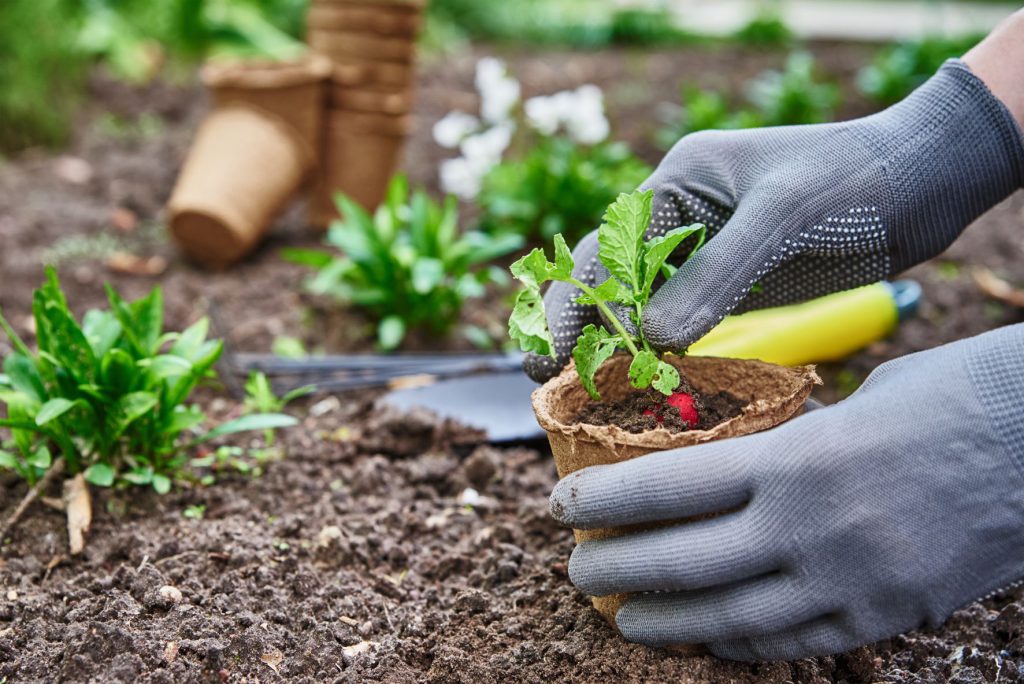How Can I Make My Garden Successful?
There are many factors to consider when planting a garden. The first step is to decide where you want to place your plants. You should choose a place where they will be seen every day. You can also choose a window sill or a porch for your garden, but choose the spot wisely. Here are some tips to make your garden a success: Be attentive to your plants, prepare your soil, and don’t plant too soon.
Ten steps to a garden that is successful
Learning about plants is the first step in creating a successful garden. Learn how to identify diseases and pests, and ensure your plants are healthy. Taking care of your plants is not as difficult as it may seem. It only takes a few minutes each morning to ensure your garden is healthy. It’s also important to take note of the weather because hot weather will affect your plants and unseasonable frost can cause them to die.
Water your plants regularly. To thrive, most plants require about an inch of water per week. You can check the water requirements of each plant by placing your finger in its soil. Don’t overwater – this can cause root rot.
Planting too much too soon
One common mistake gardeners make is planting too much too soon. New plants are more susceptible to winter damage than mature plants. While it’s tempting for you to plant seeds in the winter months, it’s best to wait until after the last frost date. In general, the last frost date is in May, so wait until then to plant.

Crop rotation
Crop rotation can be used to manage pests and diseases in small and large agricultural systems. It also works well in the home garden, where you can control space and choose fewer varieties of plants. You will need to divide your garden into smaller units, such individual beds. Then, write information about each planting within each unit. Then, create a crop rotation plan on 12×16 sketch paper or on a computer. You can make six to eight copies of this plan.
Crop rotation can also be an important method to manage soil health. Crop rotation allows you to maintain the soil’s nutrients and minimize the risk of disease and insect infestations. It improves soil structure because different plants have different root lengths. Also, different soil aerators can be used to aerate the soil in various ways. For example, a deep-rooted plant will break up the soil, while shallow-rooted plants will try to bring minerals from the subsoil to the surface. As a result, crop rotation will improve the soil’s health and reduce the need for chemical amendments and artificial fertilizers.
Preparing soil
Preparing the soil is an essential part of planting a garden. The soil preparation is crucial for the health and growth of your plants. While it may not be the most exciting aspect of gardening, soil preparation will make or break your garden’s success. If you want your plants to thrive, the soil must be of good quality. A garden with good soil has a vibrant and beautiful appearance.
Organic matter is essential for healthy soil. It adds structure and increases water holding capacity. Healthy soil organisms are essential to ensure that plants thrive. These organisms include springtails and earthworms as well as bacteria and protozoa.
The right plants to grow
Your overall plan should include choosing the right plants. You’ll need to consider your climate and soil type, as well as your personal preferences, to choose plants that are suitable for your growing conditions. It is also a good idea research the size of any plants you are considering. They might grow too large for your garden, or spread their roots to cause foundation damage. Instead, choose plants that are easy to maintain and can survive in the area where they’ll be planted.
Plants can become unwell if they are subject to pests and diseases. Local plants are best. They’ll grow better in your climate than in other areas. If you’re not sure, you can ask professionals, like Van Leeuwen Green, to help you make the right decision.
Selecting the right location
There are many factors that you should consider when choosing where to plant a garden. These include sun exposure and soil conditions as well as ease of accessing water. For successful gardening, it is important to choose a site that has easy access to these elements. A flat, well-draining area near a water source is ideal for healthy plants and vegetables. A spot that lacks these conditions may require some soil amending, but it can be remedied with a little time and effort.
Apart from determining the water source, it is important to consider how the location will affect overall climate. The best garden will receive enough sunlight to allow plants to thrive. A well-sheltered garden will also require less water and be warmer than one that is exposed to the wind. To get the best exposure to sunlight, you should choose a location where existing trees provide cover but do not block morning sun. A garden near your home is a good choice. It will be easier to maintain and see than a garden far away.
Leave a Reply